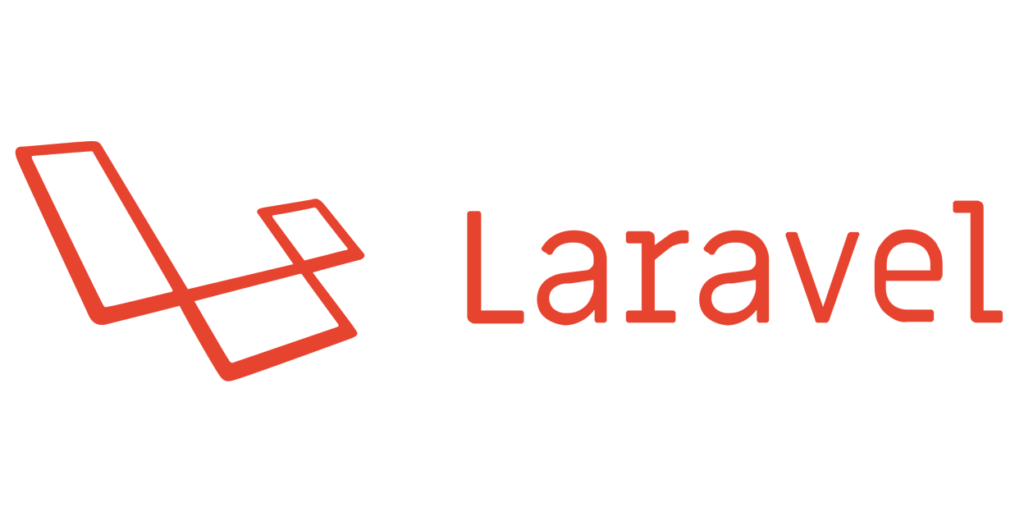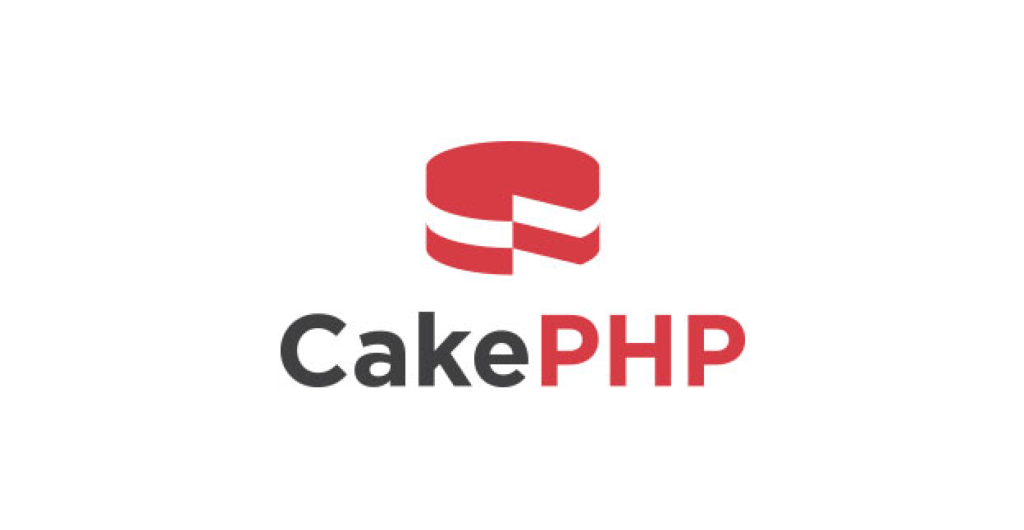Table of Contents
The PHP framework provides a system that allows you to create PHP web-based applications. Best PHP Frameworks offer libraries for the most commonly used functions that reduce the amount of code that developers must create from scratch.
A PHP framework is a basis for the creation of web applications written in PHP. PHP Frameworks are beneficial because it speeds up as well as streamline the process of development, which reduces the uncertainty of developing an application.
We’ll also go over the PHP Jabbers system, and explore the most popular PHP structures you should be considering for your most popular list of PHP frameworks you can use in 2024. However, it’s true that even using the simple however amazing PHP scripting language creating websites or web applications without any prior preparation is a matter of knowledge, experience, and plenty of time. It’s actually a lot simpler when you’re using the PHP structure.
PHP is the language of programming used by the most well-known substance used by the executives of the most efficient PHP software for Web development (CMSs) around the globe: WordPress, Drupal, and Joomla for example. In fact, it’s used by 78.1 percent of the number of websites that use the server-side programming language known to us.
What is a PHP Framework?
The best web framework creation is a platform to build PHP web-based applications. PHP systems provide libraries to typically used functions that help reduce the quantity of custom code designers must write without any prior preparation.
A PHP system provides a basic foundation for the development of web design frameworks. They are beneficial because they can speed up and improve the interaction between advancement and development, decreasing the complexity of creating an application.
Why Use Top PHP Frameworks?
There is a number of PHP frameworks that are compared to programming without preparation
• Accelerate your progress faster – The amount of time needed to make improvements is significantly less due to the use of implicit instruments and libraries.
• More efficient – Because the frameworks have been thoroughly tested for performance and quality using the most popular listing of PHP frameworks to utilize in 2024 helps organizations meet their needs for exhibition.
• Fewer lines of code – The need to create unique code is less when using capacities integrated into structures. Systems allow for the execution of these regular assignments by working in capacities.
• The accepted procedure PHP framework list typically follows the best practice. For instance, they create code in a clean and efficient manner and also adhere to great naming demonstrations.
Advantages of PHP Framework
• It’s stage autonomous. The most popular collection of PHP frameworks to use in 2023 will run on any OS including UNIX, Linux and Windows, and more.
• With no effort it can be stacked. It relies upon PHP and is a part of databases. It’s mainly used because of its faster speed of stacking over slow Web frameworks. They speed up the other programming languages.
• It is not expected to process information because it is easy and straightforward to use. Anyone who is familiar with C programming will be able to use PHP with little effort.
• It has also been stable for some time thanks to the fact that it provides uninterrupted service to various versions.
• It assists in the reuse of identical programs, so you do not need to write lengthy code or complex structures for web-based applications.
Best PHP Frameworks for 2024
The top PHP Frameworks listed here are selected based on their popularity and their ability to speed up the PHP Development of applications:
1. Laravel

In 2023, Laravel Development is now the most well-known free, and open-source PHP framework. It handles complex applications with ease, with a speed that is much higher when compared to other frameworks.
Why use Laravel?
• It’s easy to start using Laravel Homestead, a pre-packaged Vagrant box that offers an environment for development which eliminates the requirement to install PHP web server, the other software for servers.
• Laravel Performance Optimization offers a variety of functions that allow users to customize and configure complex applications, including authentication authorization, authorization, encryption, password reset, hashing data routing, migration MVC architecture support, and other things.
• The Laravel Artisan Console command line tool accelerates creation by automating tedious tasks and creating boilerplate code.
Disadvantages of Laravel
This framework will require an administrator panel separate to edit and manage content. If several parties require an access point to setting the parameters of the website application and the settings of the application, using a CMS might be the best choice.
2. CodeIgniter

The program is known for its performance and size (about 2 MB with documents), and CodeIgniter is suitable for creating dynamic websites. It comes with a number of modules to help you build robust and reusable components.
Why use CodeIgniter?
• Flexibility CodeIgniter encourages development by using MVC as the MVC architecture, however, developers can also code with different architecture models as well.
• Lightweight CodeIgniter is a lighter PHP framework that is simple to install and set up in comparison to other frameworks.
• Security – CodeIgniter provides protection against CSRF as well as XSS attacks, as well as the ability to escape in a context-sensitive manner and a Content Security Policy.
• Performance CodeIgniter offers multiple caching methods to improve the speed of web applications.
Disadvantages of CodeIgniter
The CodeIgniter updates are not always consistent and, therefore may not be the right choice to use for an app that requires regular updates to ensure security.
Laravel VS CodeIgniter : Which One is Best PHP Framework in 2024
3. Symfony

It is a web-based application framework designed by Fabien Potencier and was released on October 22nd, 2005. This makes it one of the most enduring frameworks in PHP. Built on an MVC structure, Symfony is mainly used to develop large-scale projects. It also offers the ability to install it quickly and works with most platforms.
Why use Symfony?
• Symfony is simple to set up and install on a variety of platforms and makes it the best option for building enterprise-level applications.
• A few of its most significant characteristics include the reuse of PHP components independent database engines, stability, adherence to the majority of Web best practices, and design patterns.
• Symfony is extremely flexible and can be integrated with other library libraries of other vendors.
Disadvantages of Symfony
• It takes longer to create and launch applications than the other PHP frameworks.
• It is a difficult learning curve.
• Applications built with Symfony take longer to load because of the lack of elemental sources.
4. CakePHP

CakePHP is an open-source PHP framework that adheres to the MVC architecture, which allows the creation of web applications in a short time. It is simple to use, requires no configuration, and allows you to develop visually stunning and feature-rich web apps.
Why use CakePHP?
• It is easy to install. All you need is the web server and an image of the framework is required for installation.
• Inbuilt ORM built-in CakePHP Development comes with its own ORM that is very easy to utilize.
• Security Features for Security include options to secure passwords, encryption, SQL injection prevention, input validation, CSRF, and XSS protection which makes it an excellent option for creating enterprise-level applications.
• Other key highlights include a contemporary structure, validating, excellent documentation, and top-quality assistance.
Disadvantages of CakePHP
CakePHP could be a little restricted due to its strict adherence to conventions. This may not be the ideal choice for those who want to break the rules or require to release quickly.
5. Zend

Zend is an object-oriented framework with interfaces and inheritance that allow it to be highly flexible. It is open source, simple to learn, and a good option for creating feature-rich enterprise web-based applications. Zend is extremely adaptable and is based on PHP best practices.
Zend is now moving into the Laminas Project. The switch from Zend to Laminas is strongly suggested as Zend has been discontinued.
Why use Zend?
• Zend is extremely structured and reusable code, which makes it an ideal option to create complex enterprise applications.
• The most important features are MVC components as well as cloud APIs, encryption, and session management.
• It can be integrated with third-party templates and libraries. Developers can only use the tools they require.
• Zend provides outstanding performance, security, and the ability to extend.
• Zend is a very detailed documentation as well as a huge community of users and developers.
Disadvantages of Zend
There could be a lengthy course of instruction for app creators who use Zend. Zend plugins are also available at a cost that is high and can be more expensive and unsuitable for projects that are on a strict budget.
Conclusion
In general, less complicated and more compact frameworks that are simple to grasp are perfect for those who are new to the field. Once they’ve mastered these frameworks the PHP Developers can then move to more advanced frameworks when required.
CodeIgniter is the best choice for an easy-to-learn PHP Framework that’s simple to use and easy to master. It is built with the MVC architecture, is simple to install, has a range of guides, and is easy to grasp for beginners who want to begin making web applications with PHP.






